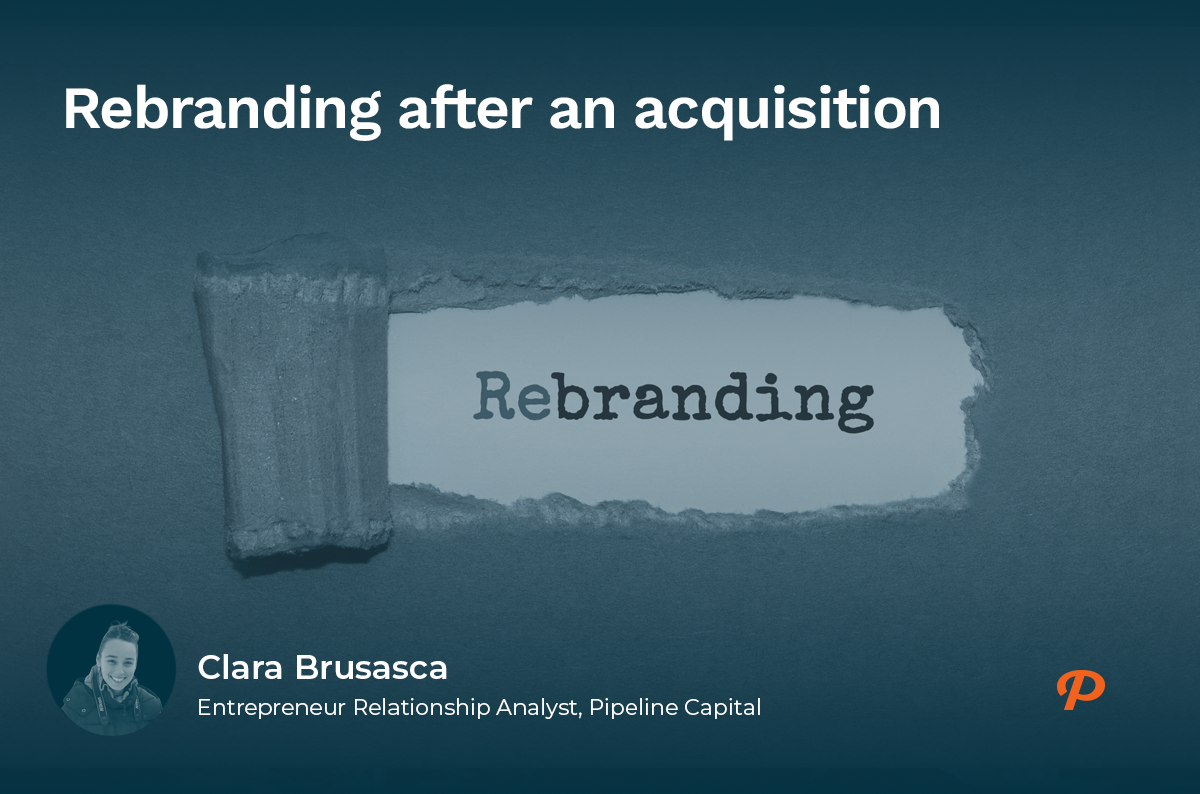After an acquisition, one of the first questions that arises is: should we rebrand or leave everything as is?
It’s a strategic decision. More than changing the logo or the name, it’s about defining what we want to communicate as a new company and how we want to be perceived by clients, employees, and the market.
Rebranding can be a tool for alignment and growth, but it’s also a double-edged sword—there’s no single right answer. What is clear is that doing it without a clear vision, proper timing, or understanding the true value of the brands involved can quickly destroy value.
When rebranding makes immediate sense
There are cases where rebranding makes sense from day one. For example, when the acquired company has reputation issues, a weak brand, or an identity that adds little value. This was the case with Santander in Latin America: when acquiring various regional banks, it often decided to quickly rebrand in order to consolidate a strong, unified, and global presence. In such contexts, the buyer’s brand not only holds more value but also inspires greater trust.
Rebranding as part of a shared vision
Another scenario where rebranding makes sense is when there is a desire to align both companies under a unified vision for the future. The Meta and Oculus case is a clear example: Facebook acquired Oculus and, over time, integrated the brand into the Meta ecosystem, in line with its new metaverse narrative. It wasn’t just a surface-level change—it was part of a strategic shift.
Intermediate cases: gradual transitions
There are also intermediate cases. Mercado Libre, for instance, acquired the logistics startup Kangu in Brazil. For a while, it kept the brand, but in 2023 began gradually integrating it into its universe. This was done progressively, carefully managing the transition and avoiding friction with customers. It was a smart decision: preserve what worked, but leverage Mercado Libre’s brand equity at the right moment.
The risks of rushed rebranding
Just as there are good examples, there are recurring mistakes. Changing the brand too quickly, without understanding its symbolic value, can create customer backlash, market confusion, and internal disengagement. Poorly communicated or poorly executed rebranding can be counterproductive. The AOL and Time Warner merger demonstrates this. Beyond the business failure, they never succeeded in building a unified narrative or identity. Neither the market nor the employees truly understood it.
When NOT to rebrand
It’s also important to know when not to rebrand. Sometimes, the acquired brand has enormous value that should be preserved. Google understood this when it acquired YouTube in 2006: it never tried to rename it or impose its own identity. YouTube was already, in itself, a strategic asset—with a strong community, clear positioning, and its own language.
When is the right time to rebrand?
So, when is the right time to rebrand after an acquisition? It shouldn’t be immediate nor excessively delayed. If you rebrand the moment the deal is signed—without understanding customers, teams, or the acquired company’s culture—you risk creating more uncertainty than clarity. But if you postpone it indefinitely, you create ambiguity that may harm both internal integration and external perception.
The best time is usually when key insights have been absorbed and there is a clear direction for where the new company is headed. At that point, rebranding can be much more than a graphic change—it can be an opportunity to renew the value proposition, unify cultures, and tell the market a powerful, coherent, and ambitious story.

